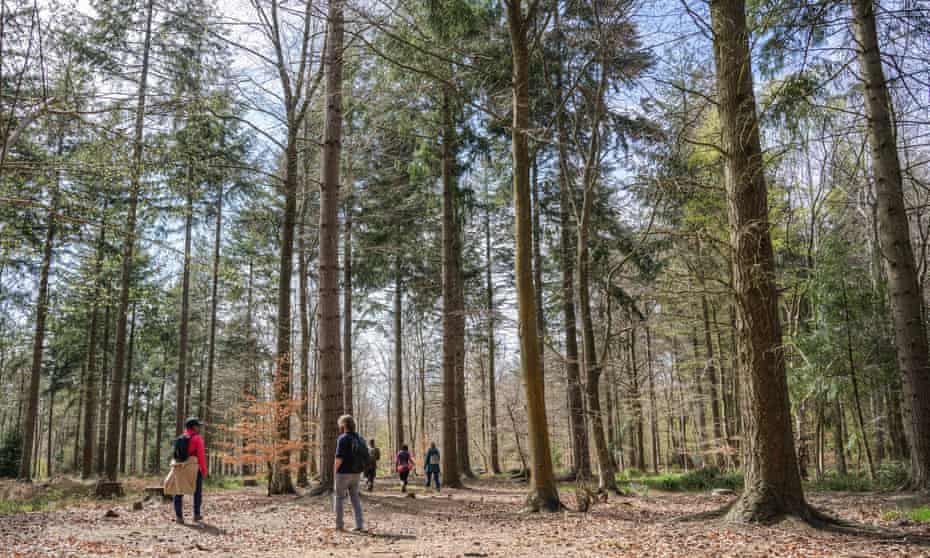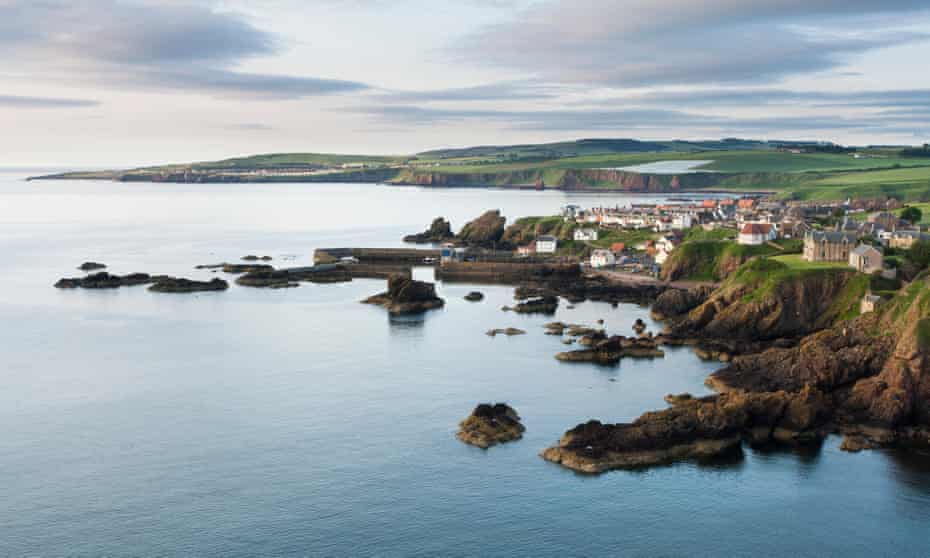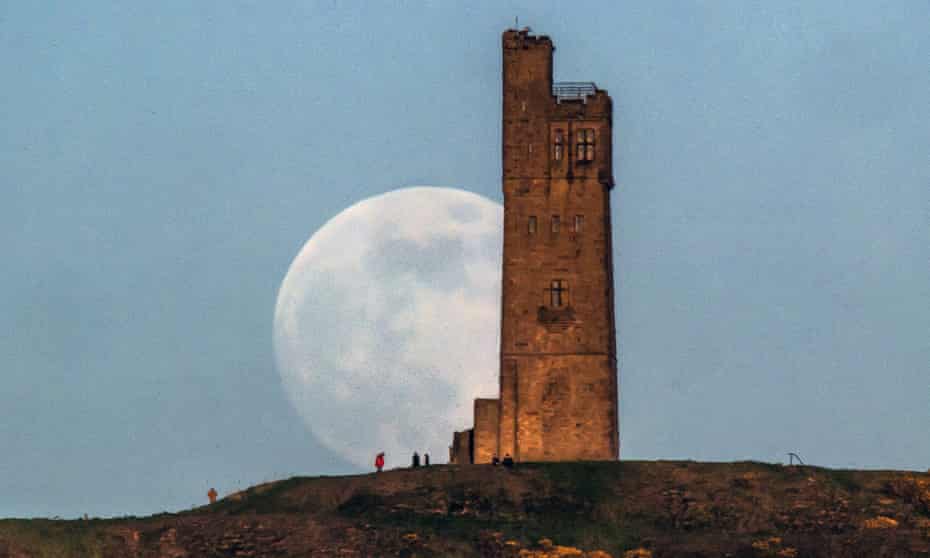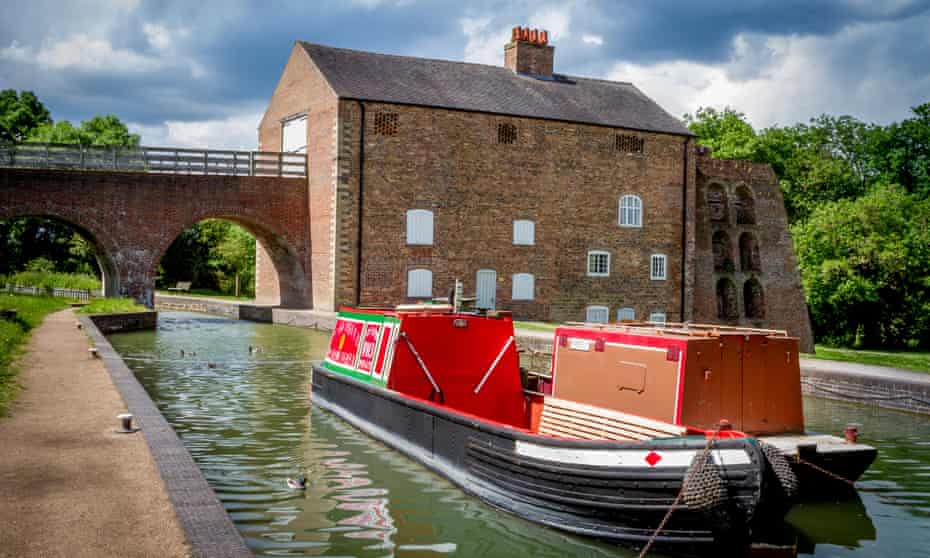History walk: Pentre Ifan to Castell Henllys, Pembrokeshire
The northern reaches of Pembrokeshire are home to a pair of fascinating locations that take visitors back to Britain’s distant past. Pentre Ifan is a neolithic burial chamber in the shadow of the Preseli Hills. Originally backed by a mound, the chamber’s colossal 5,500-year-old stones now stand exposed, a 16-tonne capstone somehow still balancing on three uprights.
Just a few miles away, Castell Henllys Iron Age Village recreates a 2,000-year-old settlement, with four roundhouses constructed on the foundations of buildings unearthed by archaeologists.
A five-mile circular walk between the two could start at Pentre Ifan, three miles east of the coastal village of Newport. Head north along a minor road before taking a footpath and bridleway to cross the Afon Nyfer. Footpaths beyond the A487 will take you close to the entrance of Castell Henllys.
To return, head south along a footpath and bridleway to the promontory fort of Castell Llwyd. Cross the Nyfer and the Brynberian, zigzagging west along country lanes, a track and a footpath to Pentre Ifan.
Nature walk: Broxbourne, Hertfordshire

Although it may not be a species native to Britain, and can play havoc with woodland wildflowers, the Reeves’s muntjac deer is a delight to see. Brought over from China to Bedfordshire’s Woburn Park in 1838, the tiny fawn-coloured deer – about the size of a large dog – soon escaped and have been spreading across southern England ever since.
Though wary of humans, you may spot one on this 11-mile guided walk through the 140-hectare Broxbourne Woods, Hertfordshire’s only national nature reserve. The tour is led by local adventurer, photographer and film-maker Jamie Barnes, who will share his extensive knowledge of muntjac deer and other local wildlife. He’ll also give insights into spotting clues and tracks left by animals.
The ancient woodland is a Special Area of Conservation and includes tracts of sessile oaks and hornbeams. As well as muntjac, it’s home to roe deer, badger, great crested newt and the rare purple emperor butterfly. Look up and you might see buzzards, red kites and woodcocks.
£25pp, walkwild.co.uk
Pilgrimage walk: East Lothian to Berwickshire

Launched in 2017, the Forth to Farne Way is one of Britain’s more recently waymarked pilgrimage routes. Stretching 72 miles from North Berwick in East Lothian to Holy Island (Lindisfarne) in Northumberland, it marks the southern end of a route that was popular with medieval pilgrims: from the Bishopric of St Andrews to Holy Island via a ferry across the Firth of Forth. Along the way, they were treated to some of Britain’s most sumptuous coastal landscapes.
For a day walk in their footsteps, try the 14-mile section heading south from Dunglass Collegiate Church near Cockburnspath. The vast, ruined sandstone place of worship was built in the 1440s at a once-important (now vanished) market town. An attack on the church by the English was repelled, but it was no match for the Scottish Reformation, which oversaw its demise.
The undulating pilgrim trail follows grassy paths, tracks and occasional roads as it heads south, affording fine views of the North Sea over rugged clifftops. You can pay homage to the picturesque remnants of the former monastery of St Aebbe’s on the summit of Kirk Hill. Just beyond lies the alluring fishing village of St Abbs, while hardy pilgrims may wish to push on a further two miles to Coldingham Priory, whose 13th-century remains are still used as a church.
holy-island.uk
Photography walk: Castle Hill, West Yorkshire

Huddersfield may not be the first place you think of for a photography walk, but if you want to take stunning images while avoiding the usual photogenic hotspots, aim for Castle Hill, just beyond the south-eastern edge of the town. Not only will you find plenty of opportunities for photographing expansive landscapes, there are woodland scenes and architectural subjects too.
Starting at Honley railway station, head eastwards on footpaths through the variegated trees of West Wood before climbing to the handsome, stone-built village of Farnley Tyas. Complete with a church and the Golden Cock pub, this hill-top settlement, which was mentioned in the Domesday Book, enjoys cracking views over the valley to Castle Hill.
From here you can join the waymarked Holm Valley Circular Walk for the rest of the hike. Passing across the valley through Royd House Wood, with its lush carpet of bluebells, you’ll climb up Castle Hill. This was once the site of a late-bronze age hill fort, a motte-and-bailey castle and a deserted medieval village. It’s now home to the brooding Victoria Tower, built to commemorate the eponymous queen’s 60th year on the throne, and the remnants of a second world war anti-aircraft battery.
From the summit, the panoramic views over the Pennines are spectacular. Then it’s downhill all the way to Berry Brow railway station.
The whole walk is only about four miles in all, but includes enough ascents to let your legs know you’ve had a proper day out. You might also discover a satisfying ache in your shutter finger.
Industrial heritage walk: National Forest, east Midlands

Since the 1990s, roughly 200 square miles of Leicestershire, Derbyshire and Staffordshire have been planted with nearly nine million trees, covering land previously scarred by coal mining. The result is the National Forest, a vast, mixed habitat woodland crossed by myriad footpaths.
The Black to Green initiative has installed seven striking interpretation hubs along the Heart of the Forest Trail, recording the area’s lost industrial past. There are two circular routes. The 4½-mile Northern Circuit takes in brick-making at Furnace Plantation, the former railway at Moira Junction South, the disused fireclay pit which is now Albert Village Lake, and the former canal barge hub of Bath Yard Basin.
The 5½-mile Southern Circuit takes walkers to the sites of Hicks Lodge quarry, and the coalmines at Thortit Pit and Donisthorpe Colliery.
blacktogreen.org.uk




